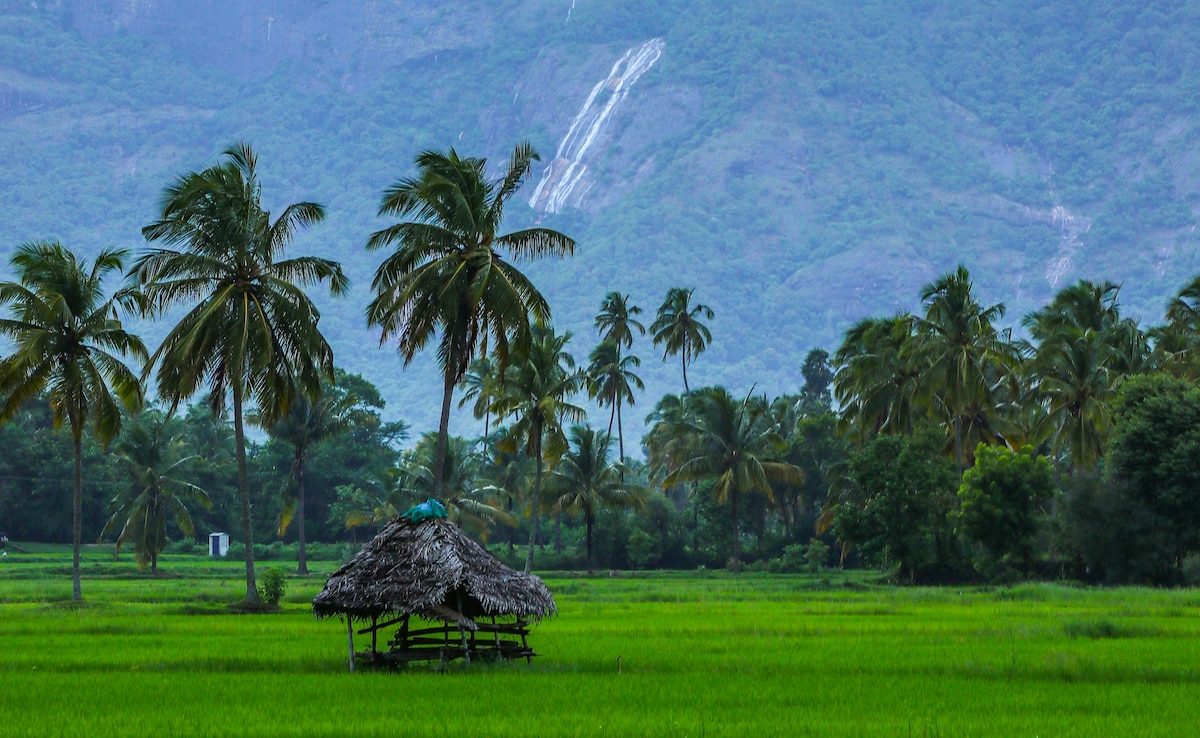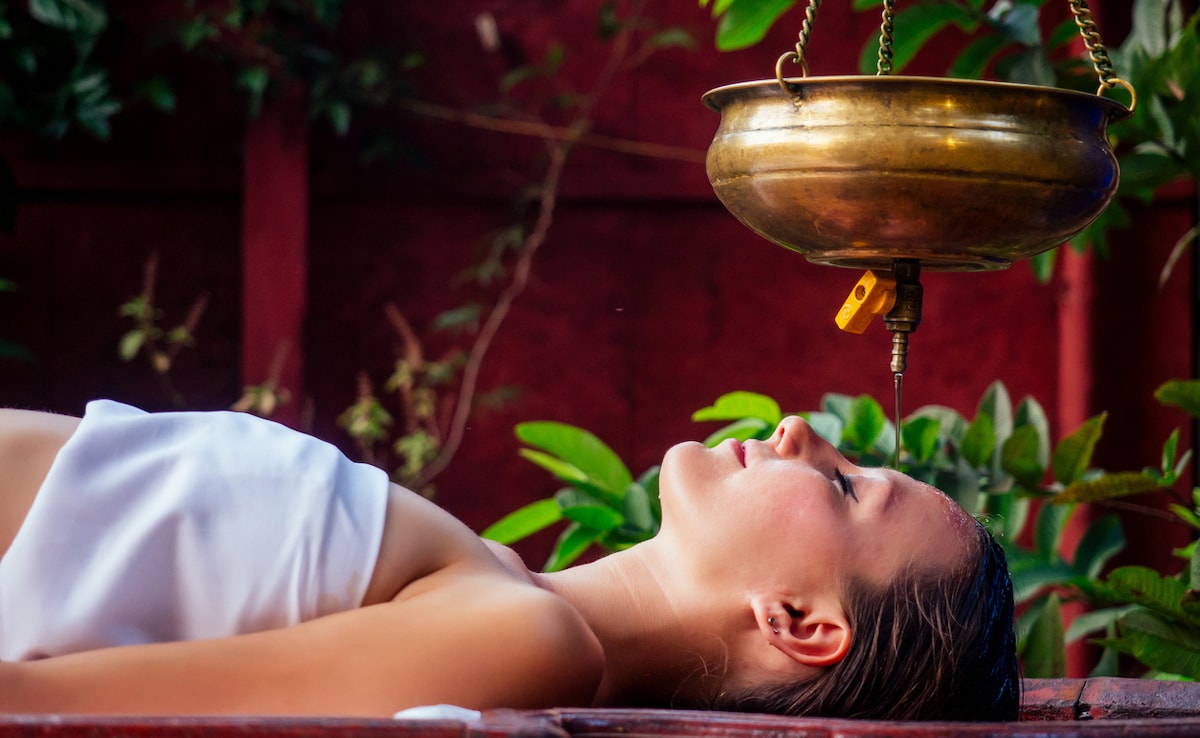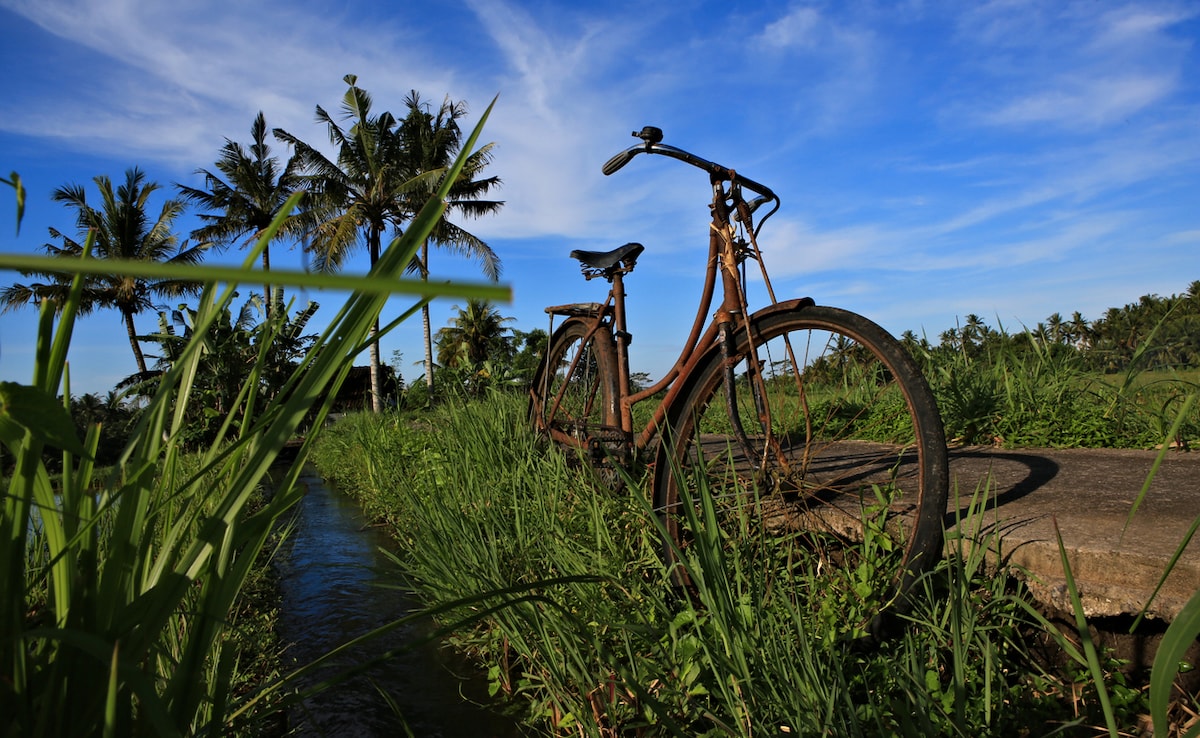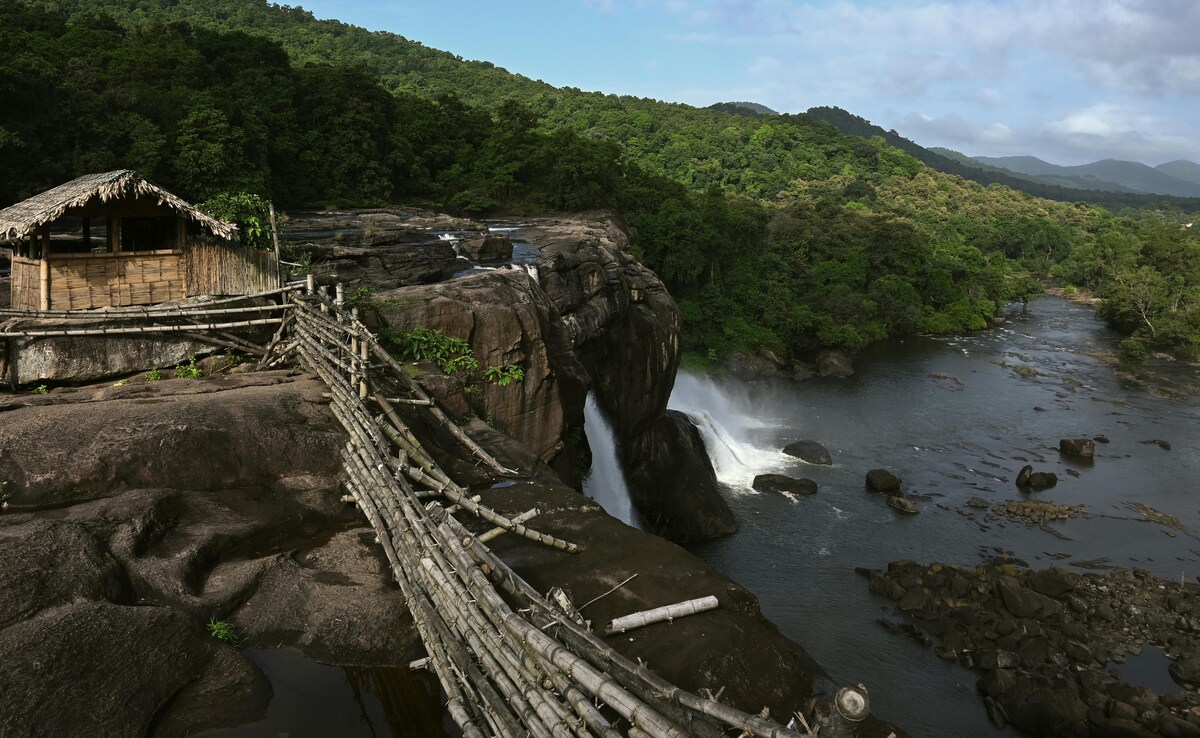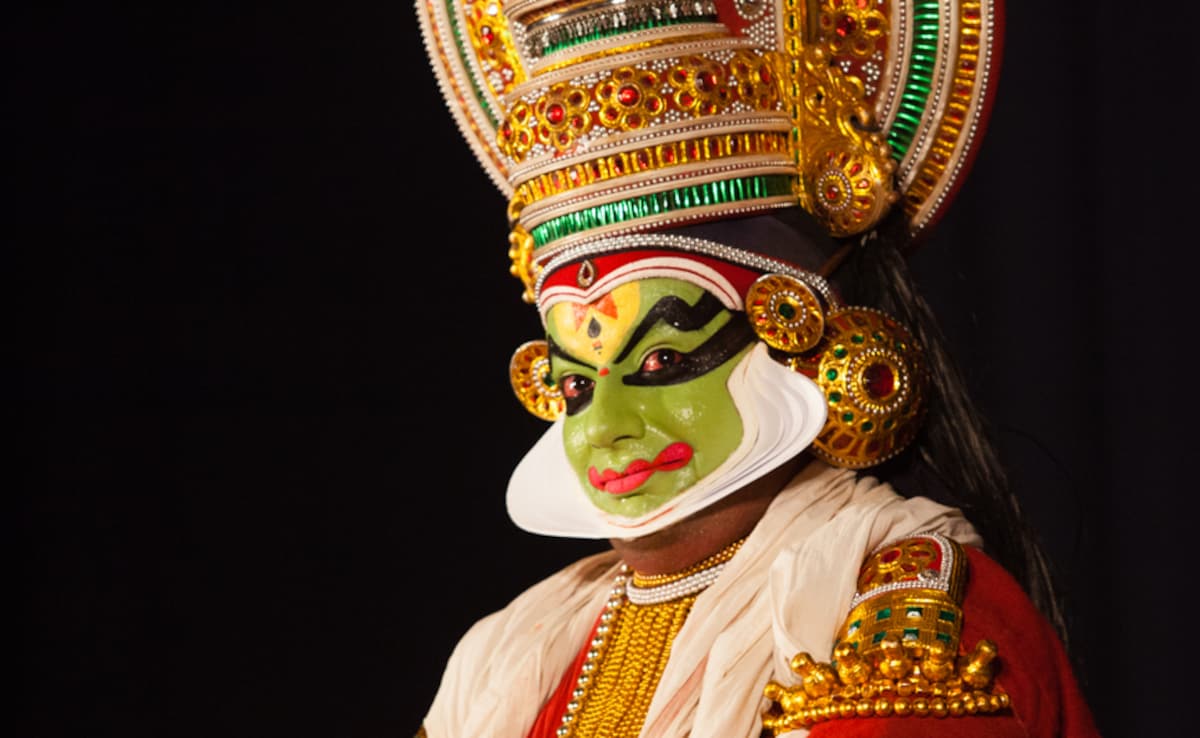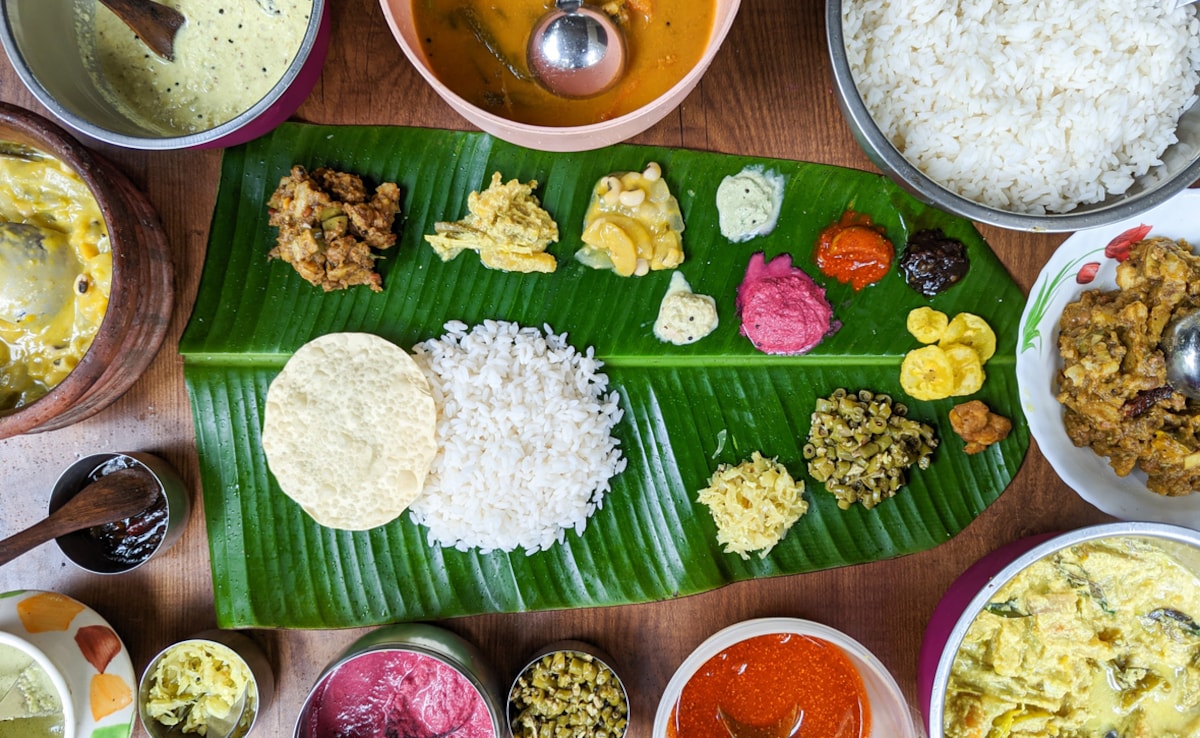Kerala during the monsoon? Sounds like a soggy holiday, right? Not quite. While most tourists plan their India trips for the dry season, locals and savvy travellers know the rains between June and September are when "God's Own Country" truly comes alive. Think lush green landscapes, dramatically moody skies, Ayurvedic massages that actually work better in the rain, and crowd-free backwaters. The rain doesn't ruin the experience-it enhances it. Monsoon adds a layer of drama, calm, and authenticity you won't find any other time of year. Here's why you should rethink everything you know about travelling in the rain — and book that trip to Kerala during the monsoon.
Also Read: 6 Breathtaking Spots In Kerala You Need To Visit In May 2025
Here Are 7 Reasons Why Kerala Is At Its Best During Monsoon:
1. The Landscape Goes Full-On Jungle Green
The first raindrop in Kerala doesn't just cool the air — it hits the reset button on the entire landscape. Parched plains transform into rainforest-like jungles. Tea plantations in Munnar look like something straight out of a Studio Ghibli film. The Western Ghats, which run along the spine of the state, become even more magical. Monsoon turns Kerala's already scenic terrain into a cinematic wonderland. And let's be honest-green really is the most soothing colour.
2. Ayurvedic Treatments Actually Work Better
Ayurveda isn't just spa fluff here-it's serious business. And according to traditional practitioners, the monsoon season is the best time to go in for treatments. Why? The cooler weather opens up the body's pores, making it more receptive to oils and herbal medicines. Humidity helps in detoxification, and the body absorbs herbal concoctions more effectively. Clinics from Kovalam to Palakkad roll out full-blown rejuvenation programmes during the rains, from abhyanga (oil massages) to panchakarma (intense detox therapies). Your immune system gets a proper reboot.
3. The Crowds Are Basically Gone
This one's a no-brainer. Off-season equals fewer tourists, and that means lower prices and more breathing room. Want to float through the Alleppey backwaters without a dozen other houseboats blocking your view? Now's your chance. Kerala's most popular spots — like Fort Kochi, Varkala, and Wayanad — are blissfully calm in the monsoon. Hotel rates drop, queues disappear, and you can take in the sights without jostling for space.
4. Waterfalls Are Wildly Impressive
Kerala has some of the best waterfalls in the country, and the monsoon is when they're at their thunderous best. Athirappilly Falls — often called the Niagara of India — is practically overflowing between June and September. Meenmutty and Soochipara in Wayanad also put on dramatic shows. Bonus: the rain also makes the hikes to these falls feel like mini-adventures, just minus the sweaty heat of the dry months.
5. It's A Photographer's Dream
Kerala in the monsoon is moody, atmospheric, and incredibly photogenic. Mist rolling over the hills in Thekkady, reflections of swaying coconut palms on rain-kissed canals, fishermen silhouetted against stormy skies — it's the kind of setting that turns even smartphone shots into screen-savers. The light is softer, the colours more saturated, and the drama levels? Off the charts.
Also Read:6 Slow-Travel Experiences In Kerala That'll Stay With You Forever
6. It's the Best Time To See Kerala's Traditional Arts
Monsoon coincides with Kerala's cultural calendar heating up. The annual Nishagandhi Monsoon Ragas music and dance festival in Thiruvananthapuram brings classical performances under the open skies. Kathakali, Mohiniyattam, and Theyyam rituals often take place indoors in temples and theatres — perfect for a rainy day itinerary. With fewer crowds, it's easier to get front-row views of these intense, expressive performances.
7. Even The Food Tastes Better
Hear us out — Kerala cuisine, with its fiery fish curries, tangy pickles, and coconut-rich stews, just hits differently when it's raining outside. Street-side stalls are steamy havens selling hot banana fritters (pazham pori), spicy parottas with buff fry, and endless cups of cardamom tea. Monsoon also brings a seasonal bounty — tender jackfruit, earthy wild mushrooms, and crispy kappa (tapioca). It's comfort food at its most addictive.



